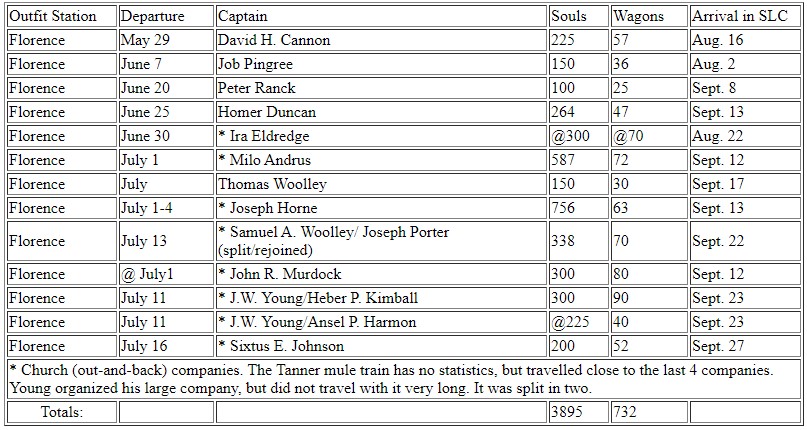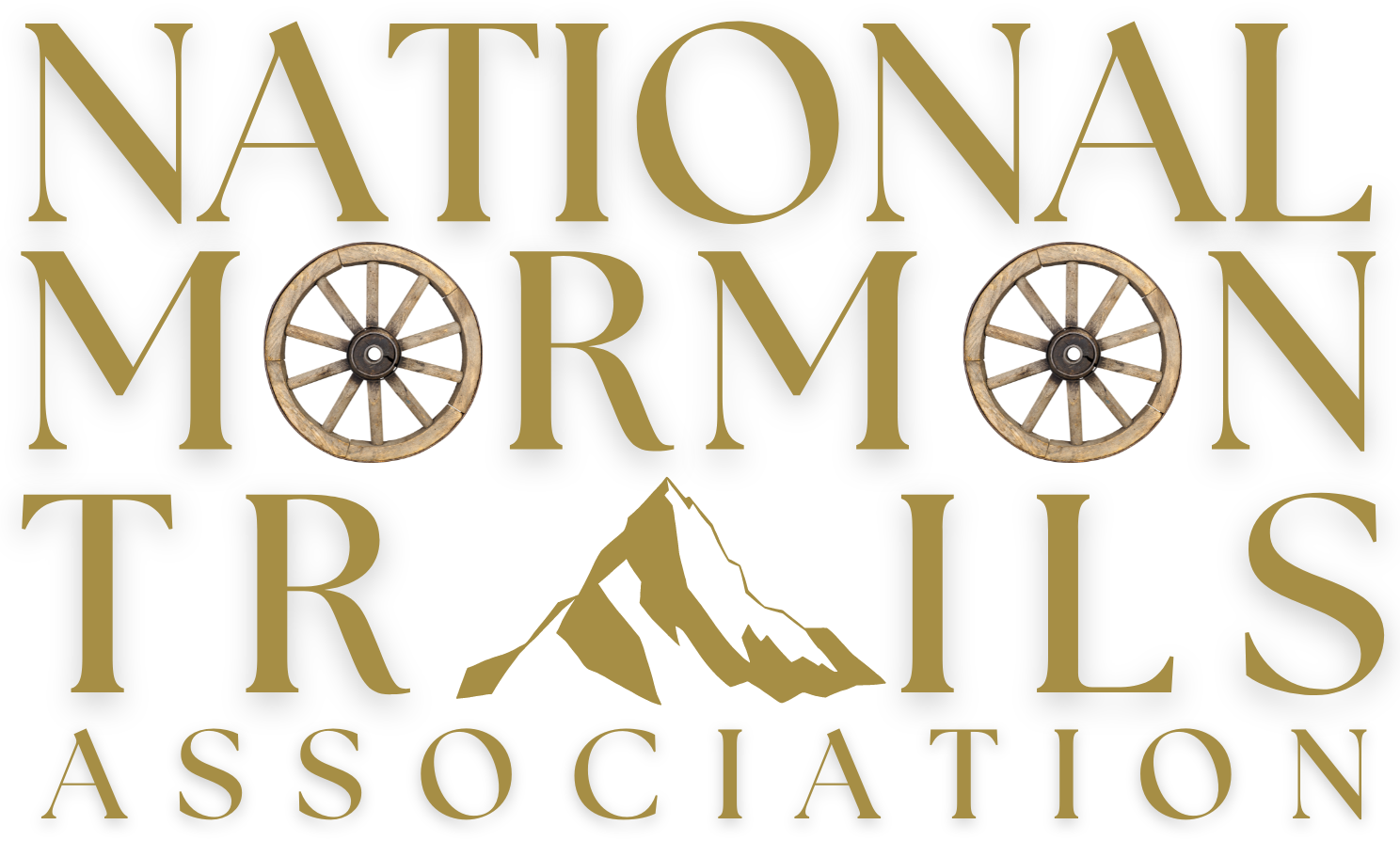
With the realization of an imminent conflict between the North and the South, President Brigham Young immediately made plans for bringing to Utah the many Saints who had crossed the ocean in 1861, and those who through lack of funds, were waiting in the East. The preceding spring Joseph W. Young had been sent to the Missouri River for the purpose of bringing both converts and needed supplies to the valley in the same season. The success of the Church train experiment of the previous year was pointed to as justifying the expectation that such a plan was practicable. In addition to the four yoke of cattle to the wagon, the plan also included the sending of as many loose oxen to Florence as the year’s immigration that came independent of Church aid might want to purchase for their outfit; thus supplying for the people of Utah a market for their surplus cattle and a saving for the Church members from ten to thirty thousand dollars, which had hitherto been paid out yearly in cash for cattle and wagons. Full instructions were given in the circular sent out by the presidency . Some of the Saints were financially able to make the trip through to the valley (eg. Samuel Wooley’s company) while others were aided wholly or partially by the Perpetual Emigrating Fund (Murdock’s company).
After arriving in New York, immigrants travelled by train changing trains at the following places along the way: Dunkirk, Cleveland, Toledo, and Chicago, before arriving at Quincy, Illinois. From there, they boated to Hannibal, Missouri, where they took the train to St. Joseph, Missouri. From there it was about a multiple-day trip by boat to Omaha or Florence. They camped about a mile from Florence for two to eight weeks, waiting to be assigned a wagon train.
Join Our Group
As a member of the National Mormon Trails Association, you join a community that celebrates the history and maintains the trail’s resonant voice.

